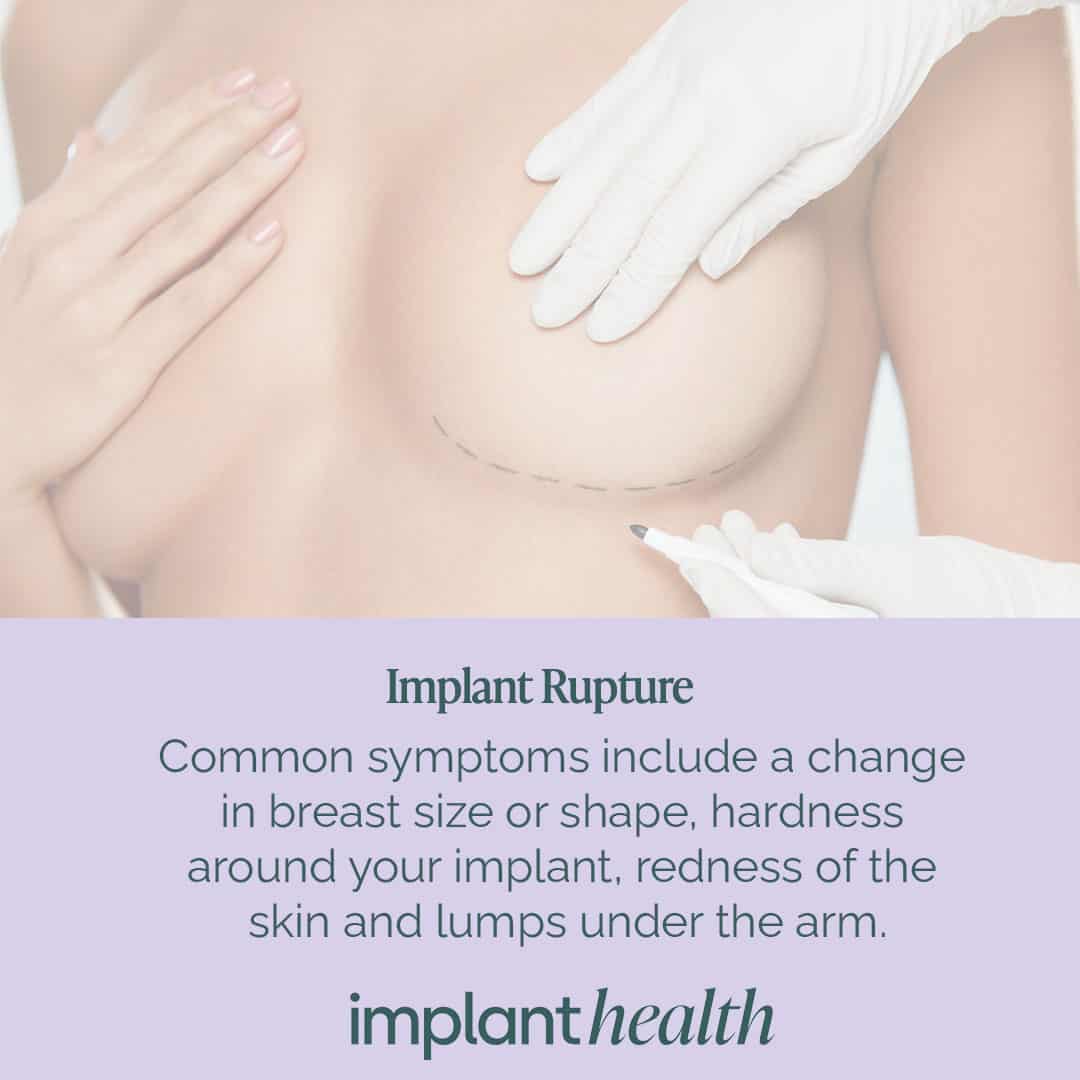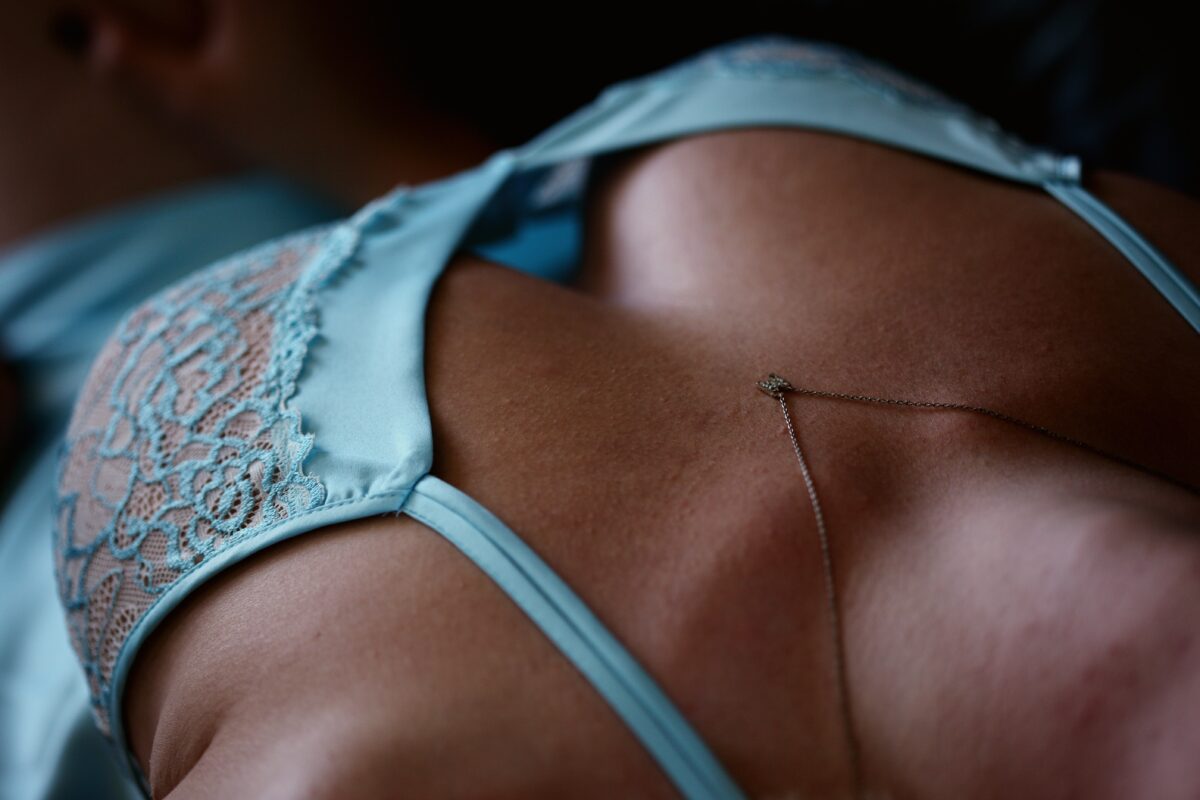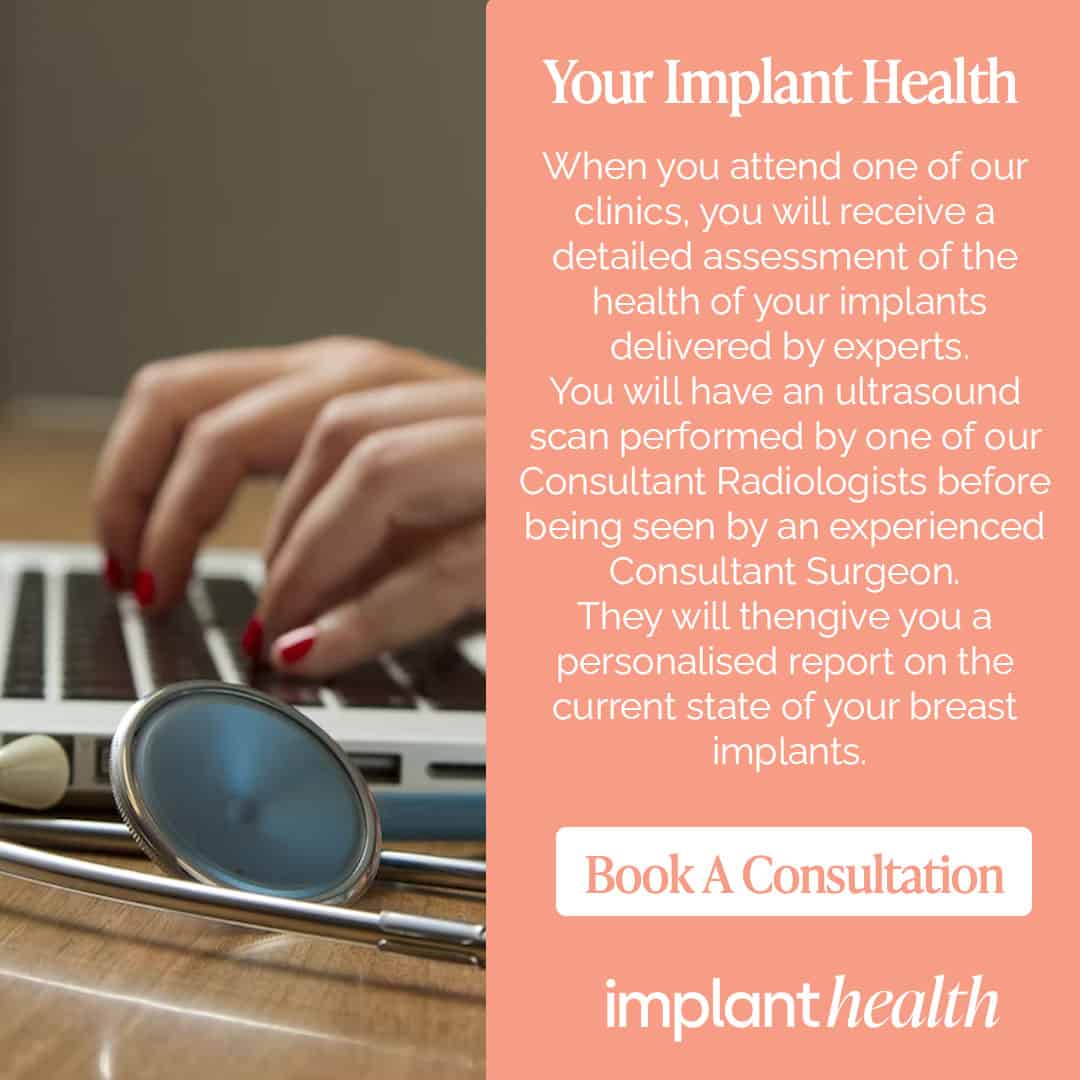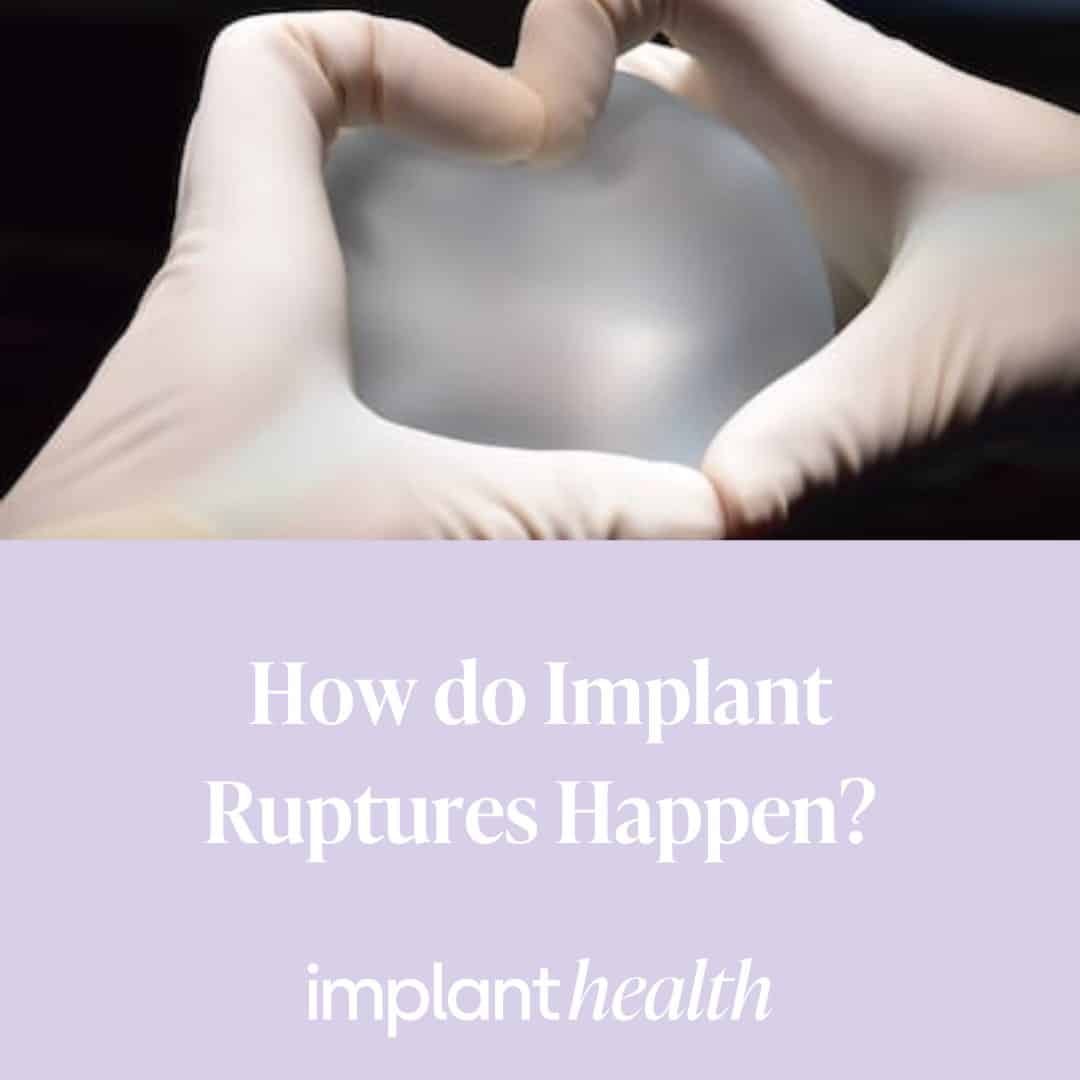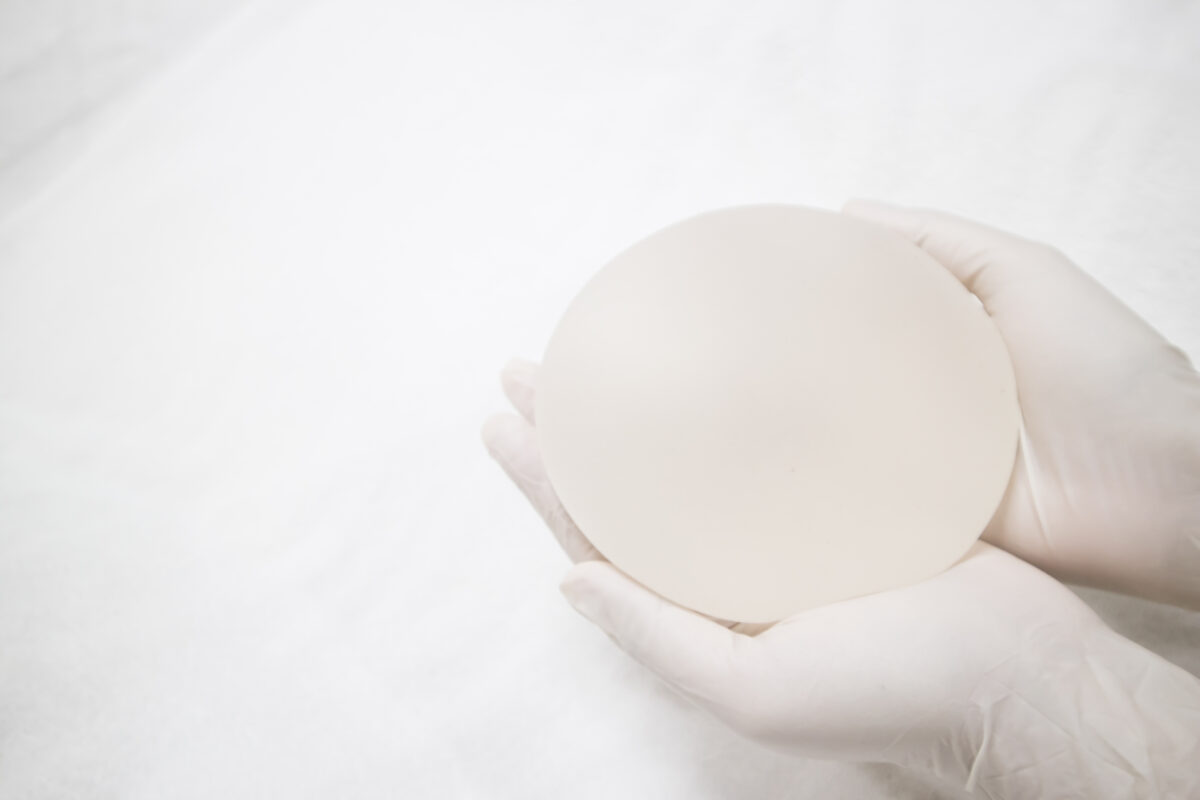The Horror Stories of Breast Implants: What Women Need to Know
Breast implants are certainly a hot topic these days. Many women opt to get them for a variety of reasons, including boosting their confidence or after surgery such as a mastectomy. However, there are some horror stories out there that raise serious concerns about the safety and potential side effects of getting breast implants. If you are a woman with implants or are considering getting them, it’s important to educate yourself on these risks and make an informed decision. In this blog, we will explore some of the horror stories surrounding breast implants and what you need to know.
Illnesses and Health Complications
One of the biggest concerns about breast implants is the potential health complications that can arise. Some women have reported illnesses such as chronic fatigue, joint pain, hair loss, and neurological problems after getting implants. This is believed to be due to the body’s immune response to the foreign object. Additionally, implant rupture or leakage can cause severe health problems, requiring surgery to remove the implant. It’s important to note that not all women will experience these issues, but they are a possibility to consider.
Capsular Contracture
Capsular contracture is a complication that occurs when the scar tissue around the implant begins to tighten and squeeze the implant. This can cause discomfort, misshapen breasts, or even leakage or rupture of the implant. In some cases, surgery may be required to correct the issue. While this complication is relatively rare, it’s important to be aware of it if you have or are considering getting implants.
Emotional and Psychological Effects
It’s no secret that getting breast implants can have a significant impact on a woman’s self-image and confidence. However, it’s important to consider the potential emotional and psychological effects as well. Some women have reported feeling immense pressure to maintain the “perfect” appearance of their newly enhanced breasts. This can lead to a negative body image and poor self-esteem. Additionally, some women have reported feeling like they are not taken as seriously by others, particularly in a professional or academic setting. It’s important to weigh the potential emotional and psychological effects of getting breast implants before making a decision.
Limited Posing Options
Believe it or not, having breast implants can limit your posing options, especially if you are someone who enjoys working out or engaging in physical activity. This can have a significant impact on your lifestyle and hobbies, and can even limit your options in certain careers. Additionally, finding well-fitting clothing and bras can also be a challenge for some women.
Breast implants can be a life-changing decision for many women, but it’s important to consider the potential side effects and horror stories before making a decision. The health complications, emotional and psychological effects, financial burden, and limited posing options are just a few of the things to consider. Ultimately, it’s up to each woman to weigh the pros and cons and make an informed decision that is right for her. Whether you have implants already or are considering getting them, it’s important to stay educated and informed about the potential risks and side effects. By doing so, you can make the best decision for your body and your overall well-being.

